will find it hard to believe that not that long ago, It was Cairo – a mere 160 years back in time – the area was cultivated land reclaimed in the 1850s over the rubbish dumps separating the old Ottoman city from the Nile, Buildings of European character appeared, such as Metro, Radio, Diana, Cicurel, Chemla, Davies Bryan, Omar Effendi, Hannaux, and the Yacoubian Building.
It is perhaps even harder to imagine that many early buildings of the ‘new quarters’ developed from 1868 onwards were already gone a couple of decades later, and that by the 1930s, a completely new landscape with opulent apartment buildings , movie theaters, and grand department stores, had replaced the early suburban houses of ‘Ismaïlia’, as the area was named upon its creation in reference to its founder, Khedive Ismail.

On stepping out from one of the buildings in the newly renovated Shereifein Street situated in Al Borsa district, one finds themselves before a nineteenth century style street, together with an array of talented artists with their sketches, inspired by the quality of creation and the enthusiasm of a Parisian artistic scene.

Influenced by French architecture, Downtown Cairo was first built by Khedive Ismail in 1863, who was determined to turn Cairo, a largely medieval city, into the “Paris of the East”.
Early Khedivial Cairo was essentially a suburban development, where land was given for free to anyone committing to build a house surrounded by a garden for a substantial amount of money in a maximum of two years.

Cairo and Paris, two cities that had a strong exchange of cultures following the French expedition in Egypt which affected their urban envi-ronment. By looking at Cairo’s urban development and Paris’s use of ancientness this essay will draw on the work of historians such as Trevor Mostyn, Richard G. Carrott, Stanley LanePoole, Desmond Stewart and more to tell the story of how Cairo developed from medieval to Parisian belle époque, and how Paris found her new identity in the antiquity of ancient Egypt. In order to understand the whole picture, one has to go back in history where it all started.

Khedive Ismail
Ismail Pasha, who ruled in 1863. Ismail, the man that Trevor Mostyn described as “the Medi-ci and founder of modern Egypt”, was born in Cairo then sent to Austria to live there for a medical condition and then moved to Paris for education. After that he came back to Egypt and upon his uncle’s death he was the heir to the throne. Having lived all his life in Europe, Ismail was more European than Egyptian, but he loved Egypt and he dreamed of making her a better country.

Modernising Cairo
In 1867 Ismail was invited by Napoleon III to attend the Exposition Universelle which was held by Baron Haussmann. The Egyptian pavilion at the Paris fair drew the attention of its visitors who were later on disappointed by the Khedive’s perfect French accent as they expected to see someone more eastern in his appearance. Ismail during his trip met Jean Pierre Barillet De-schamps, the landscape architect who designed Champs de Mars and Bois de Boulgne and who Ismail will later hire. Ismail wanted for Cairo what Haussmann was doing for Paris, he wanted a more modern and civilised Cairo. At that time he had two years left until the opening of the Suez Canal when he will be inviting all the leaders and royalties of the world to see the new Egypt. Ismail wanted to prove that Cairo is more European than African, so he assigned his former col-league in Paris Ali Mubarak Pasha the head of the “Public Works Ministry” to modernize Cairo in a European style .
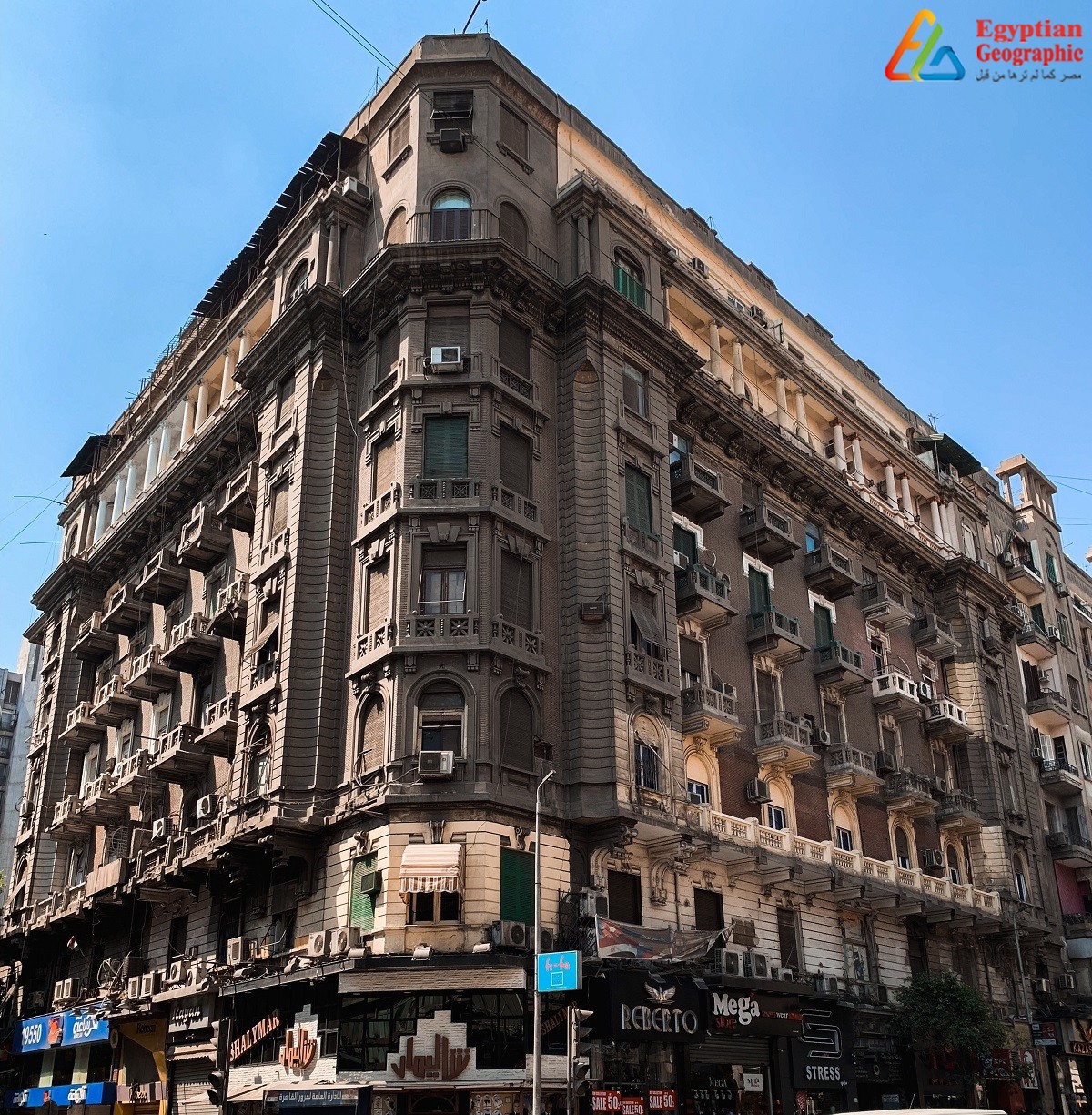
Ali Mubarak was in a very difcult situation as the existing medieval Cairo had very narrow streets and had extremely dense and crowded neighbourhoods which made it almost impossible to try and intervene. The only way was to focus the attention on the western parts of the city (on the banks of the Nile) and to try to build a Cairo which is rival for Haussmann’s model for Paris. But Cairo is not Paris, and she never was. Cairo has so much history that makes it almost impossible to introduce a new architecture without it blending with the existing one.

Ismail introduced a new life style with the new architecture, a lifestyle that created an elite class that lived in the European Cairo, and that is how Cairo became two cities. The Egyptian Cairo where the simple and the poor lived and right next to them was the Euro-pean Cairo that had the big palaces with views on the Nile, night parties, and beautiful gardens.
Ezbekiyya Gardens
Ismail hired the former chief gardener of the city of Paris, Jean-Pierre Barillet Deschamp, to design many gardens and parks in Egypt but the most important were the Ezbekiyya gardens. Barillet Deschamp turned Ezbekiyya into a Parisian garden where it was planted with beauti-ful exotic trees that Ismail imported from India, Australia, Cuba, Madagascar and Brazil. The twenty acres garden was lit by 2,500 jets of gas tulip-shaped glasses that Ismail installed at the same time that Paris acquired it.

Barillet Des champ build stone houses and arcades that pro-vided shade for people to sit sat down for coffee by day and for wine and live performances by night, it became a central park in Cairo from which came out many wide streets, boulevards and public buildings.
The European Cairo witnessed many new architectural styles in a short period of time by French, Italian, German and Egyptian architects, which lead to a very eclectic architectural atmos-phere between; neo-classical, baroque, rococo, renaissance and of course Egyptian motifs and gures, thus starting a belle époque era that lasted for almost a century. A great example of such eclectic architecture can be seen in the 1925 Muhammad Shawarbi Pasha building that was designed by Lebanese-Egyptian architect Habib Ayrout who was educated in Paris, the building has a dome which at rst glance looks like a Parisian dome, but around the dome are 4 head-statues of ancient Egyptian gures deco-rated in an art deco style.

With the new architecture Cairo opened up to the western world and became a glamorous sunny place where many Europeans and Americans chose to live. Her economy attracted merchants, speculators, artisans, adventurers and writers. Myntti says“It was a time when the corner grocer was Greek, the mechanic Italian, the confectioner Austrian, the pharmacist English, the hotelier Swiss, and the department store owner Jewish”, She became the Mother of the World in a new life that left many cultural memories which collectively formed today’s Cairo.






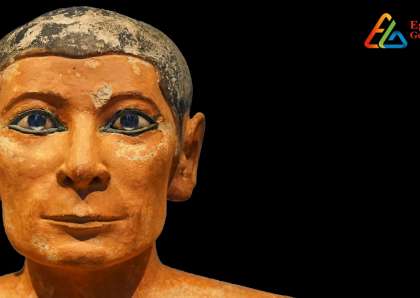






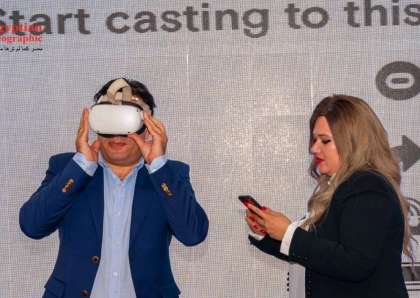











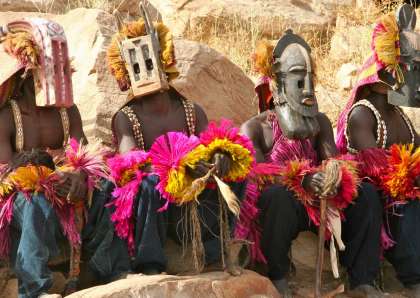






















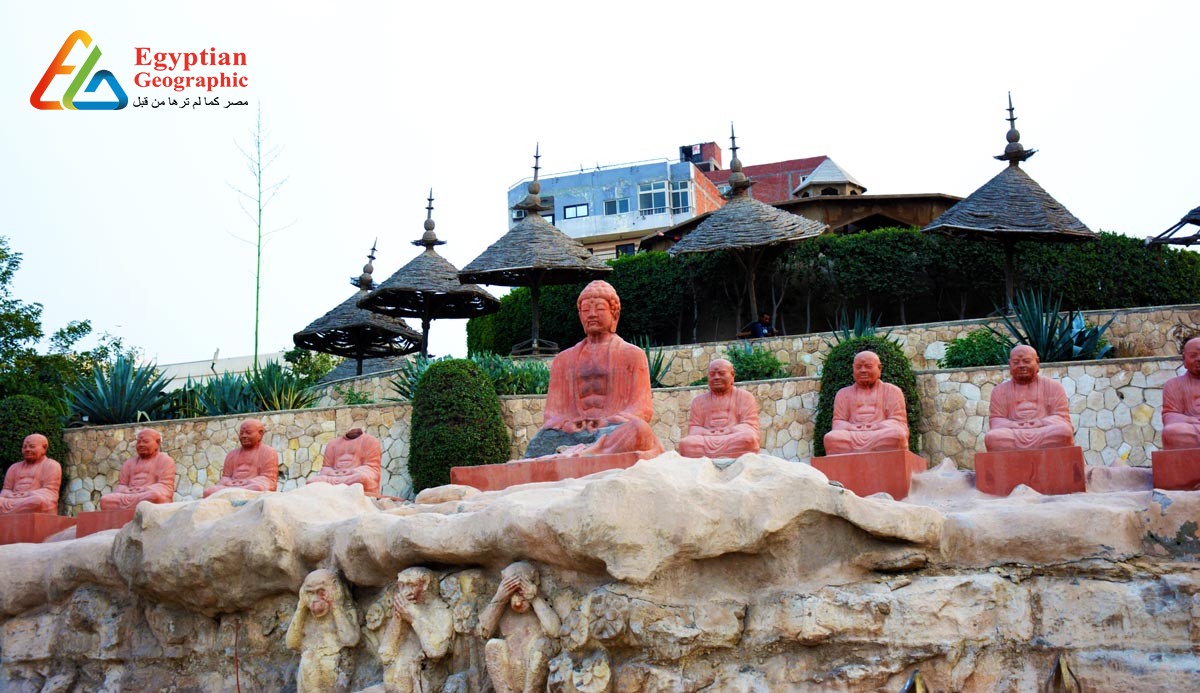

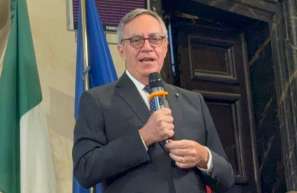










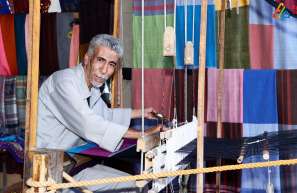


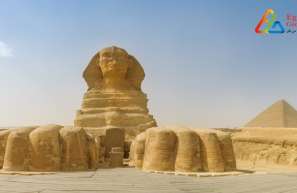








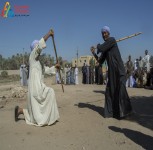


مجلة علمية معرفية وثائقية تتناول الشخصية المصرية